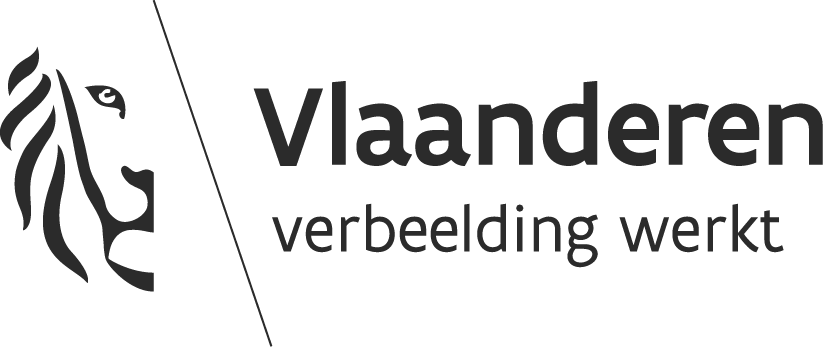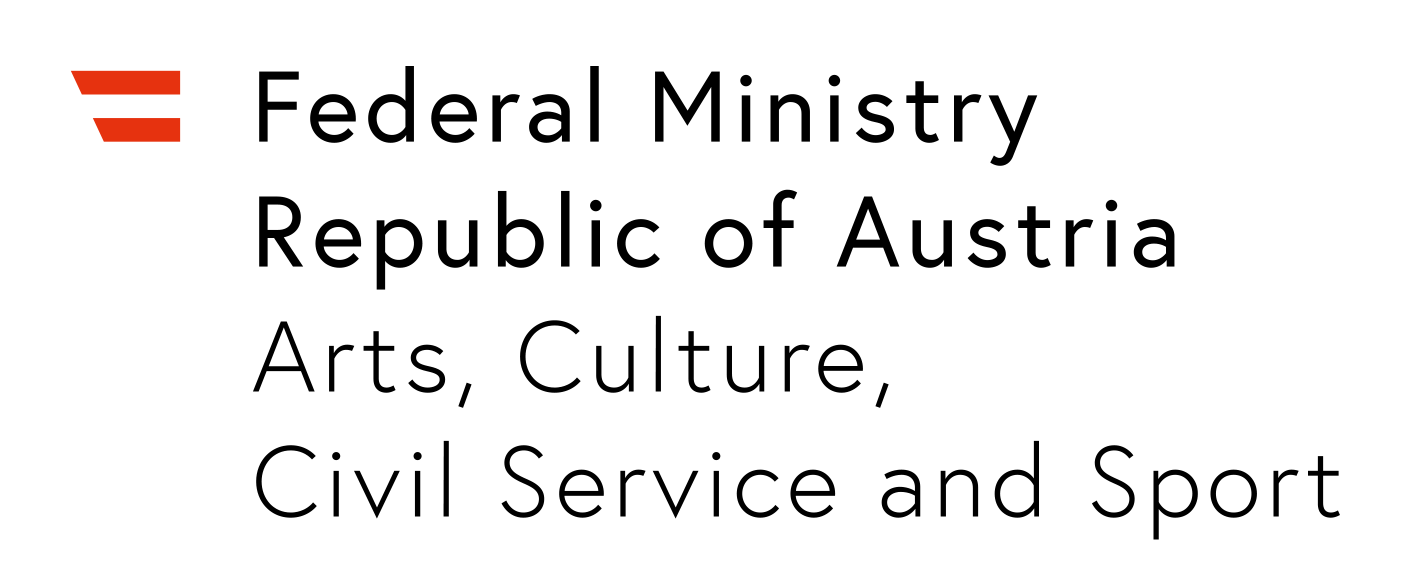Exh|bition
![]()
![]()


Leander Schönweger
Getting Better
04.03.2023 – 22.04.2023
Leander Schönweger was born in 1986 in South Tyrol and lives and works in Brussels and Vienna. He started exhibiting in 2010 and was awarded the Preis der Kunsthalle Wien in 2014. In a found, all-around glazed space (on a public road), he built The Fog Disperses, a (figurative) installation with a car and a small tent, supplemented with accessories a camper might lug around. Although no one is there in the installation, there is a penetrating presence of traces. Who would the tent and car belong to, and who is who? The whole thing offers a cheerful and gloomy sight at the same time. With this detailed installation, a tension unfolds between the informal campsite isolated by glass and the surrounding public space. The title subconsciously makes us question our veiled and opaque society. Each spectator brings their own connotations and reads the work differently.
It seems that The Fog Disperses is becoming a key work in Leander Schönweger’s oeuvre. This site-specific installation, it turns out, gave rise to many more in-situ works, each time exploring the contrast between inside and outside in a different way.
A cage or glass bowl permits (visual) contact despite the material barrier; a box has a different relationship between inside and outside but, like a cage or a bowl, has extensive and various visual and metaphysical (artistic) potentials. When cages, bowls and boxes are large, they become space(s) accessible by humans. They permit control and manipulation of those interested. As Schönweger’s work progresses, the installations become more abstract and at the same time concentrate (even) more on eliciting psychological reactions and elementary and naive behaviour such as claustrophobia, expectation, disillusionment and other vivid experiences from childhood...
Although he focuses on installations, since 2019 the theme of the “cage” has also been translated into small sculptural work, more specifically in the series of cages.
Something Steers Us Both, created in 2019 for the exhibition Open Skies at the Wiels art centre in Brussels, can be interpreted in different ways architecturally. This is immediately apparent in the way the work is placed in the space. The tension between the box and the assigned space is intriguing architecturally. The space between the box and the room is a space of its own that acts as an antechamber before entering the labyrinth inside the construction. Inside, Schönweger creates a compelling dream image. The interior seems rather like a den whose walls are stacked with what my parents called “Mechelse meubelen” [wood-carved oak furniture] – or perhaps they are treasures in the attic?
Yet Schönweger clearly has no architectural concerns; the interior does not need to be thought and made on a human scale.
When I told him this, Leander pointed out his installation Our Family Lost, which he built for the 2017 Istanbul Biennial and which consists of plasterboard walls with skirting boards and openings framed by door frames. These structural and architectural elements are used only functionally and pragmatically to give the visitor nightmares in a claustrophobic maze in which one ends up in ever-smaller spaces through ever-shrinking openings and ultimately loses all sense of space. To further intensify this experience, invisible mechanical hammers are fitted behind the walls, knocking on them.
Leander Schönweger builds his installations in rudimentary way and as they become more abstract, I believe they become stronger, more direct and more psychologically and metaphysically radical. In an alienated atmosphere, dialectics is prevalent: expectation and disillusionment, relief and claustrophobia, inside and outside, object and subject, space and sculpture. Sometimes, a minimum of recognisable objects or sounds are used for their effect in the spatial whole.
The installation The Submarine, created in 2021 in Amilly, France, consists of a ceiling and walls of OSB boards lit by fluorescent tubes in functional light fittings. Everything here is built in a very tight way, giving the space a strong presence. At the end of two dead-end spaces is a sink containing eating utensils rattled by a mechanically generated vibration.
Getting Better, which he created for you at Lichtekooi, consistently builds on his oeuvre. One enters the space through a narrow corridor formed by a box. Once inside the exhibition space, one realises that there is only the box at the front; the rest of the space is empty. One then discovers that the box van be accessed. A corridor leads to another opening, one makes a U-turn and goes down a staircase. There, one enters a labyrinth that is remarkably more extensive than imagined.
To the left of the stairs is an opening, through which one enters a narrow corridor that ends into an empty alcove on the left and on the right leads to an opening through which another U-turn leads to a long narrow corridor at the end of which the work reveals itself in all its splendour.
In his work, Leander shows that space and architecture can affect people emotionally and psychologically.
– Luc Deleu, 2023
Translated by Sis Matthé
Raadpleeg de NL zaaltekst hier



Exh|bition views:
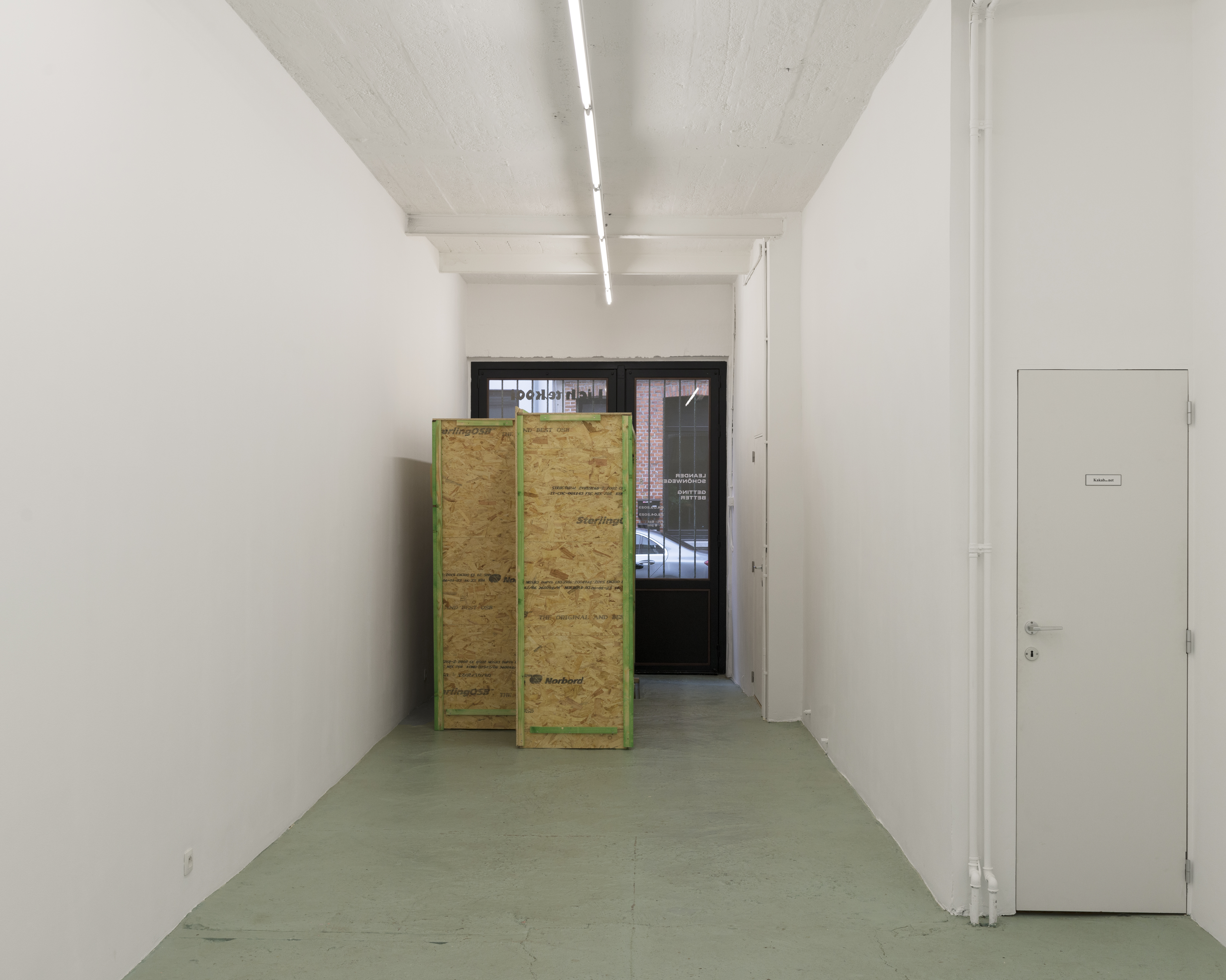


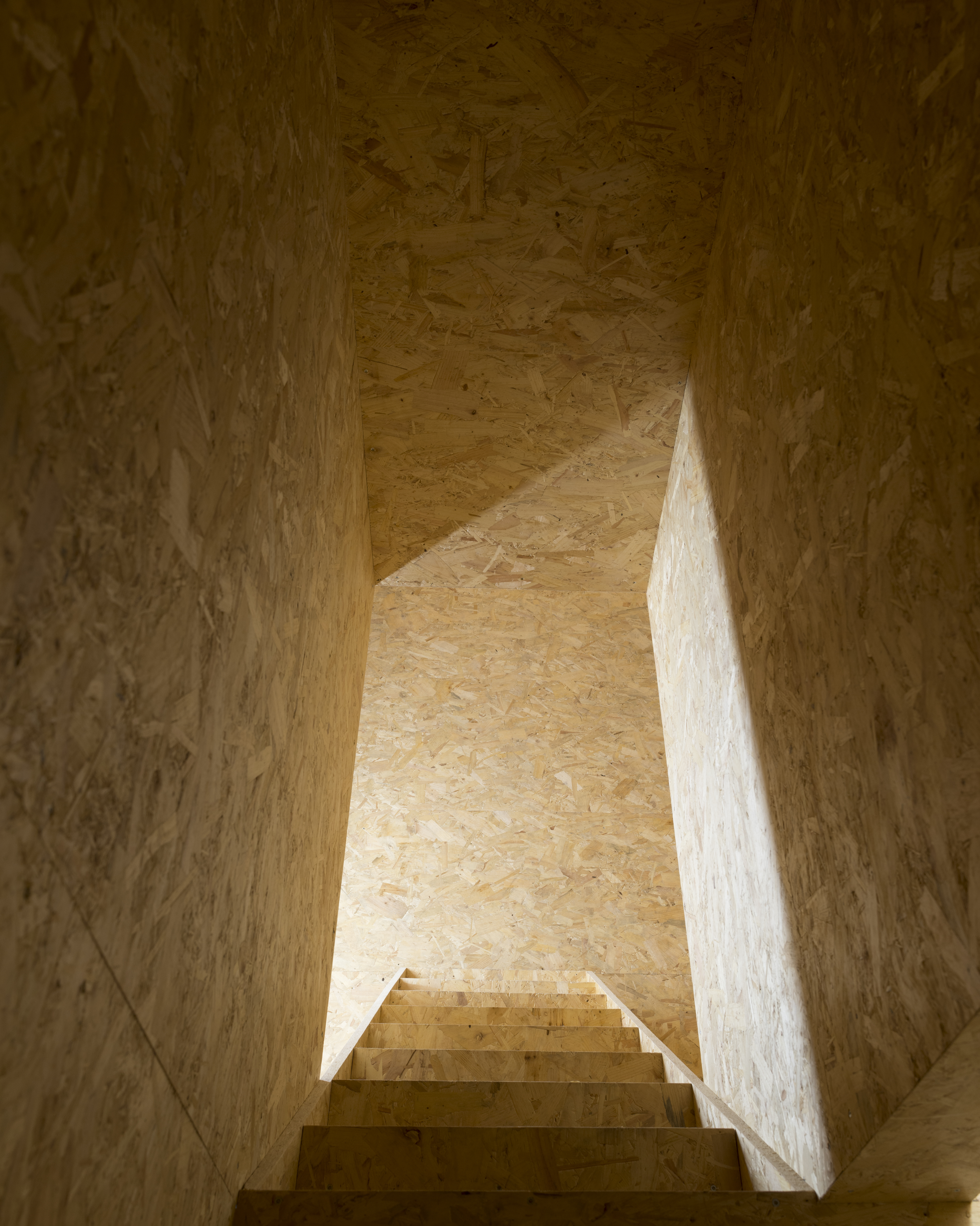
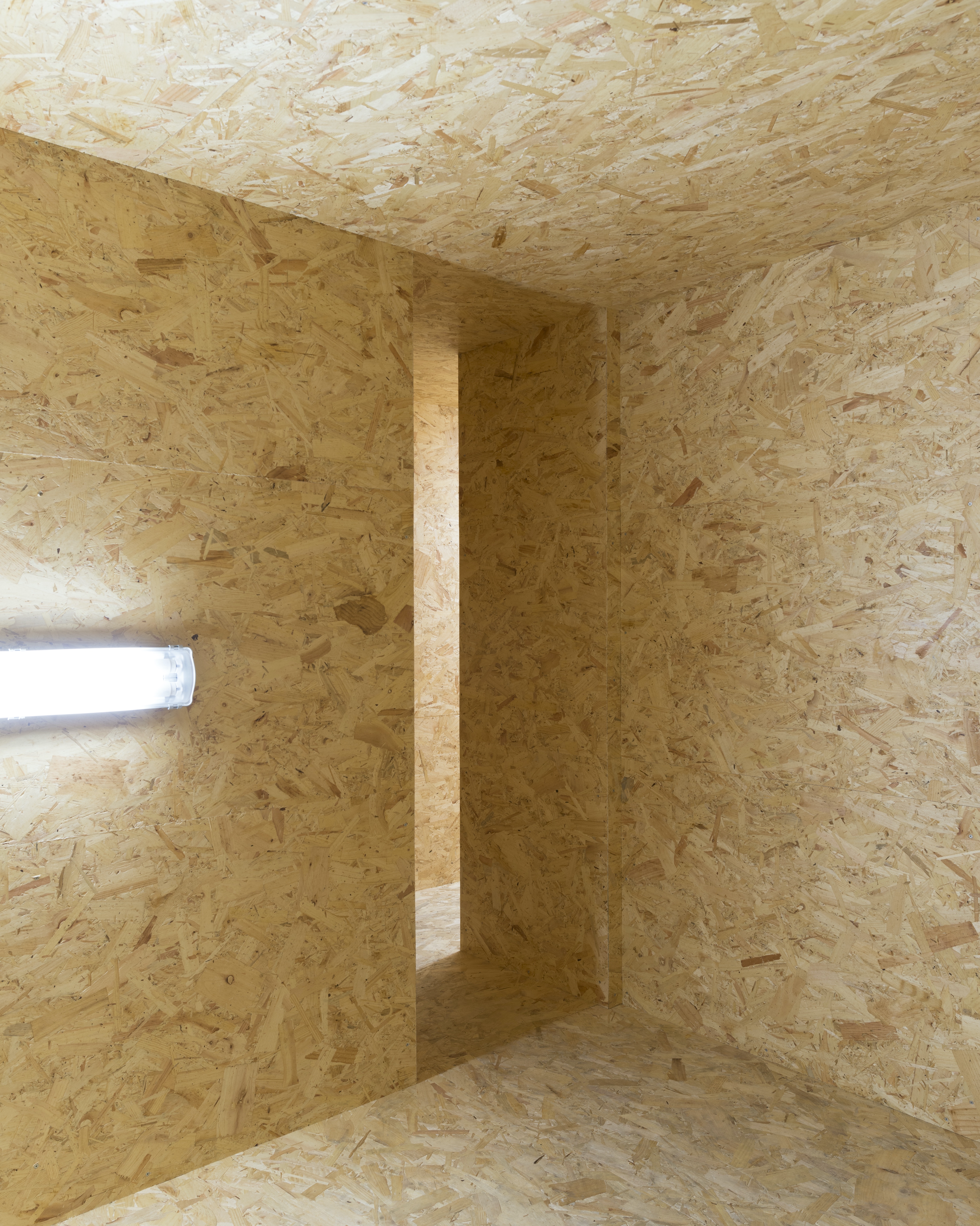

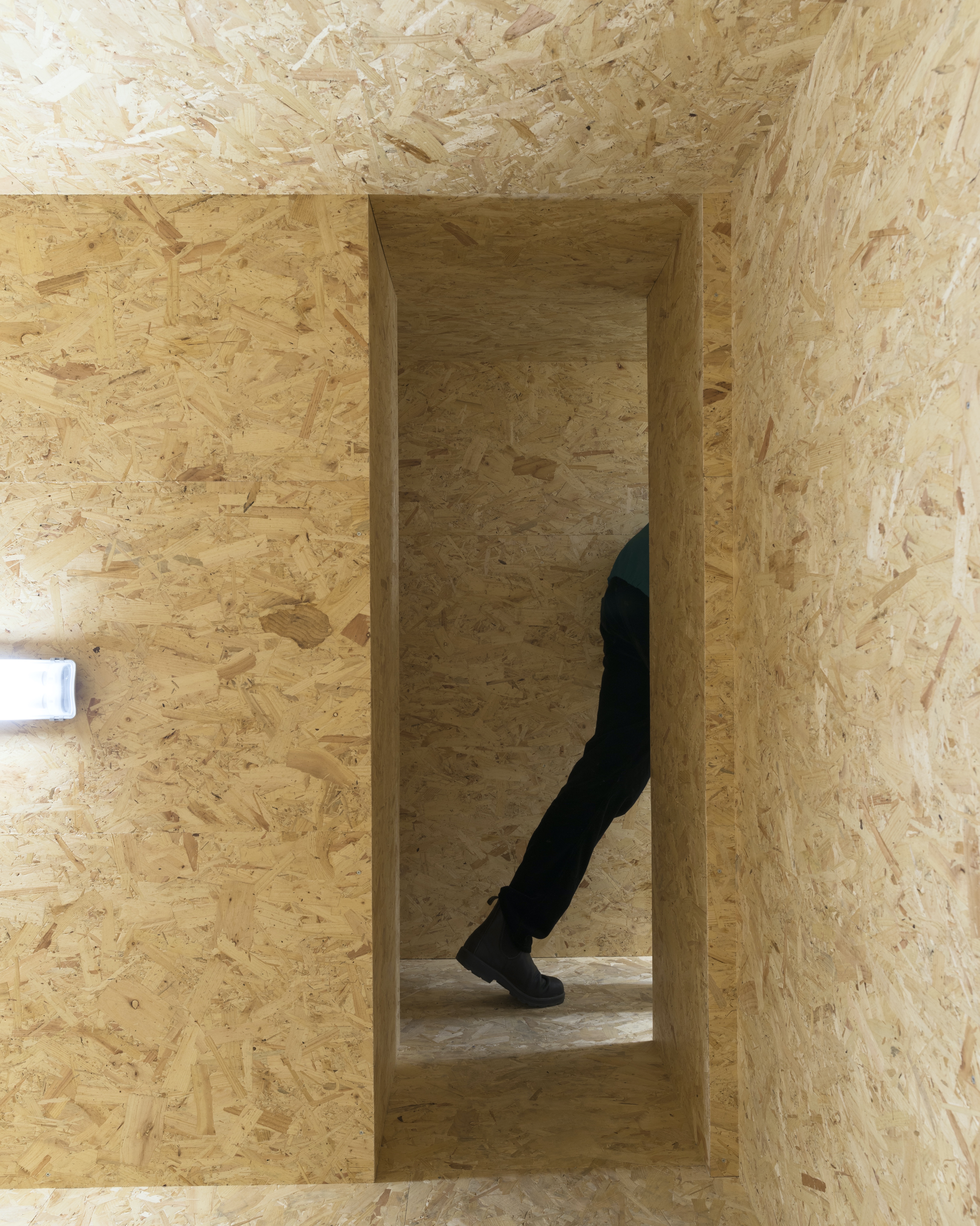

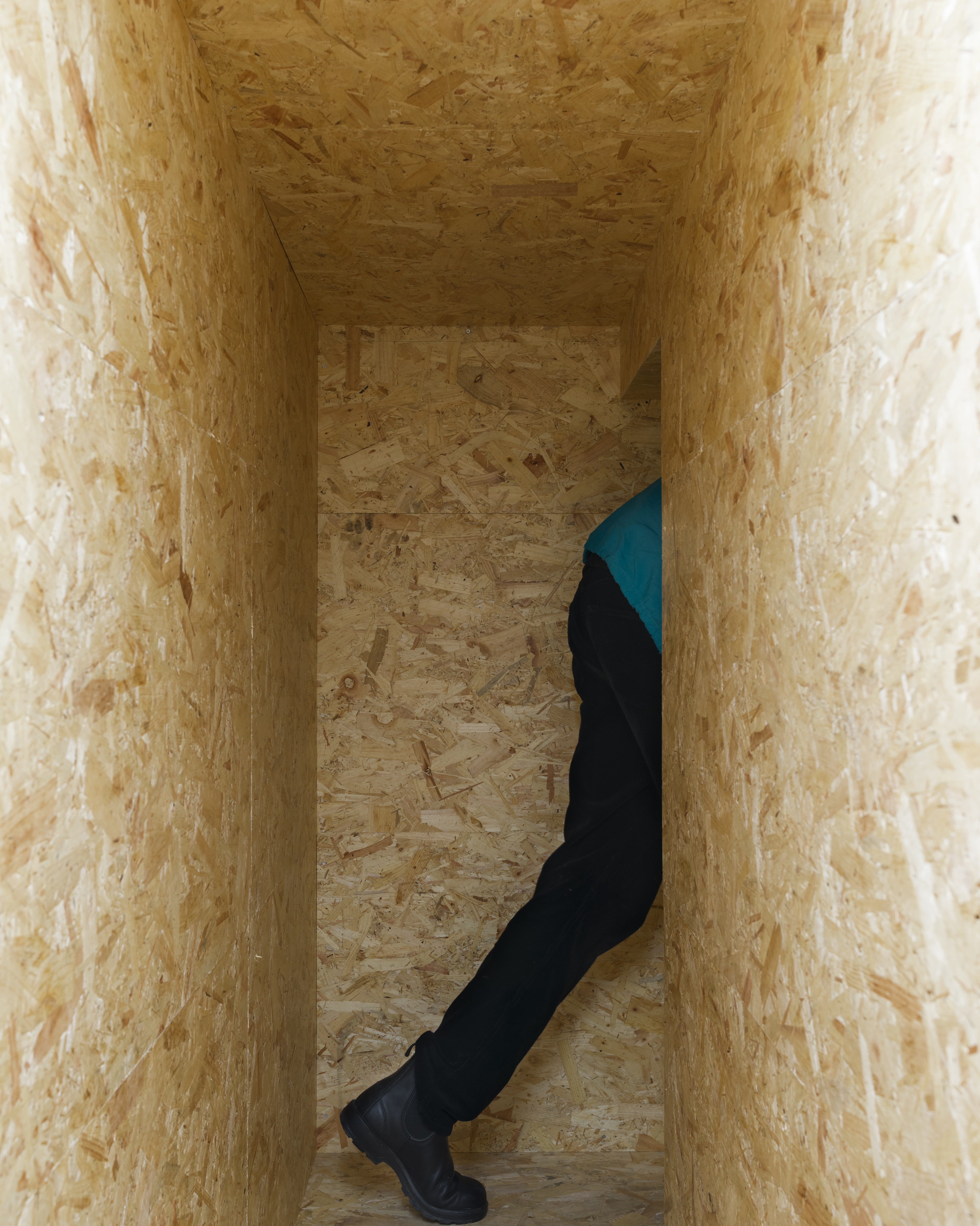

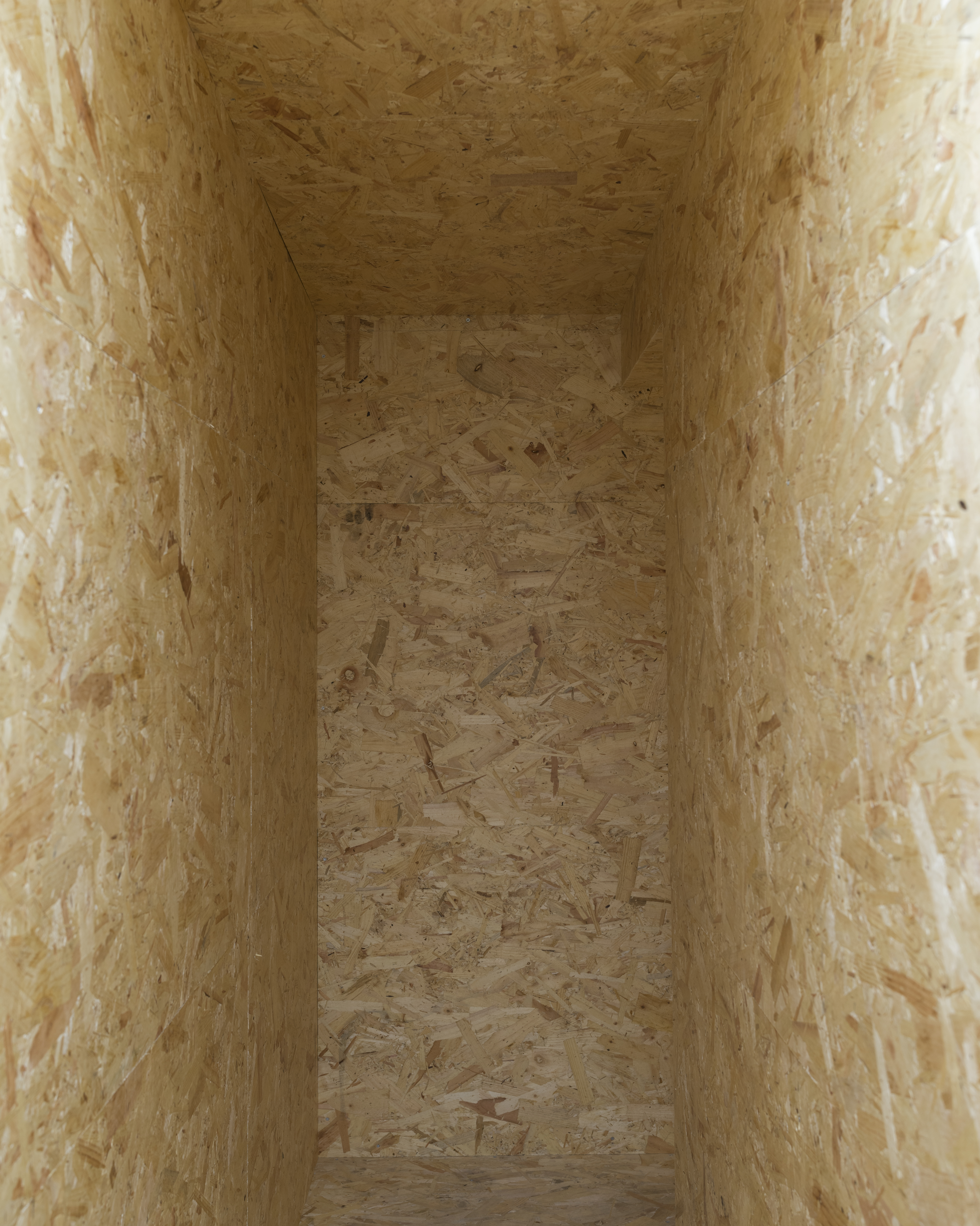
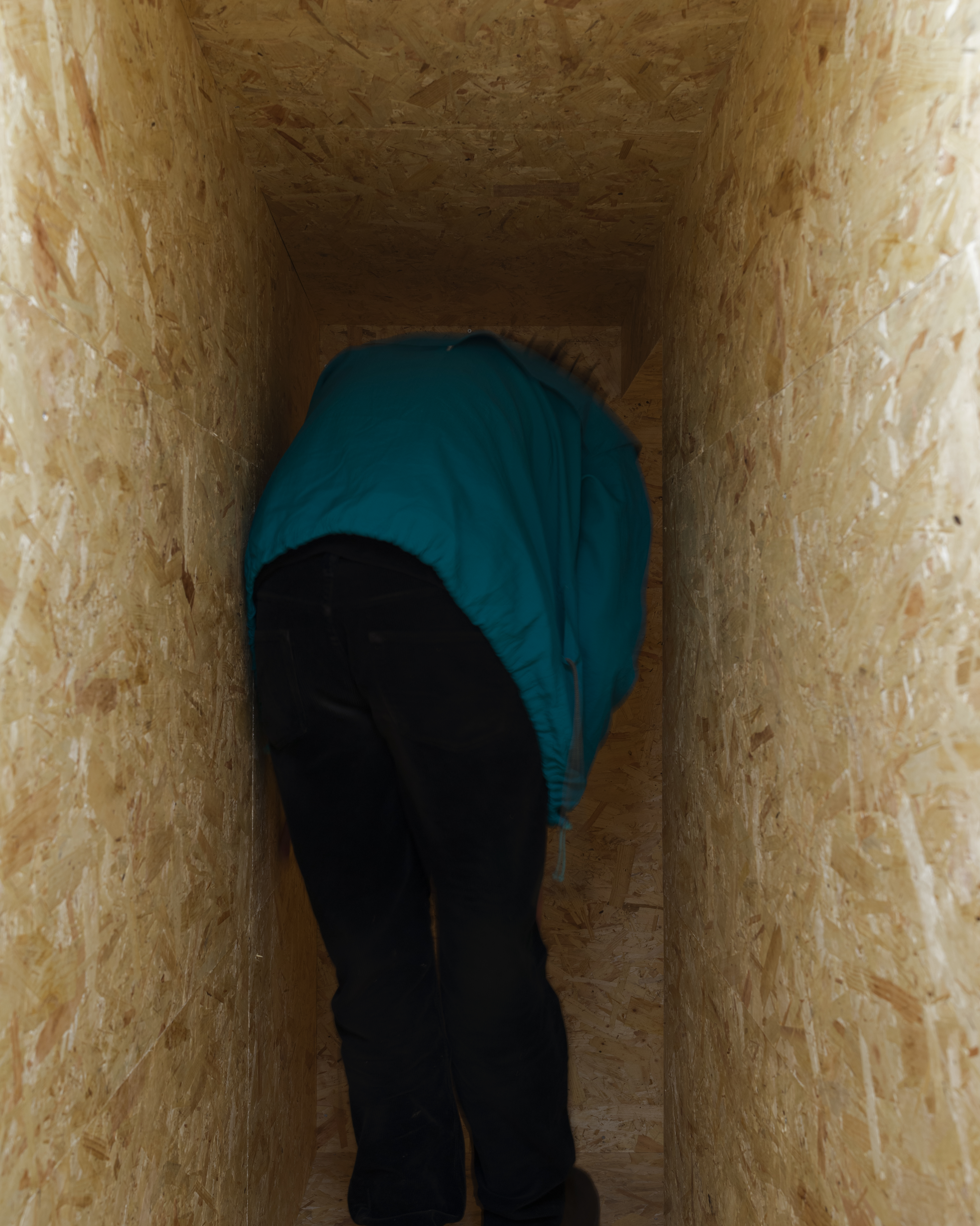

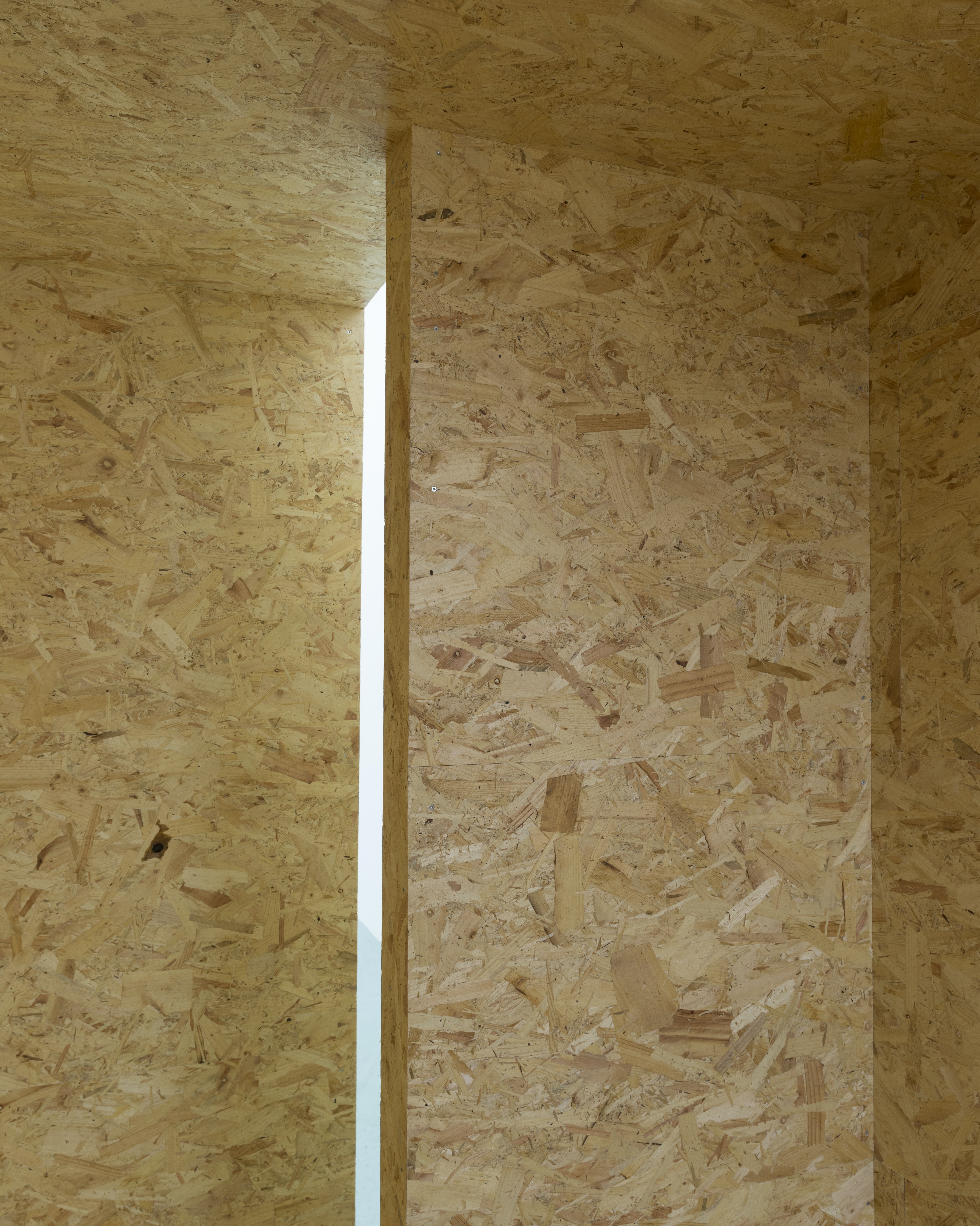
Opening on 04.03.2023 and Artist talk: Luc Deleu in conversation Leander Schönweger on 31.03.2023:






With thanks to Dorian Baetens, Martin Blank, Céline Camps, Kris Cuylits, Gwen De Groote, Kasper De Vos, Ian De Weerdt, Luc Deleu, Bernhard Fuchs, Paulina Kaval, Jan Matthé, Sis Matthé, Ria Pacquée, Fabien Silvestre Suzor, Tom Van Camp and Joanna Yassine
Graphic design: Burnbjoern
With the support of the Flemish government and the Federal Ministry Republic of Austria.
